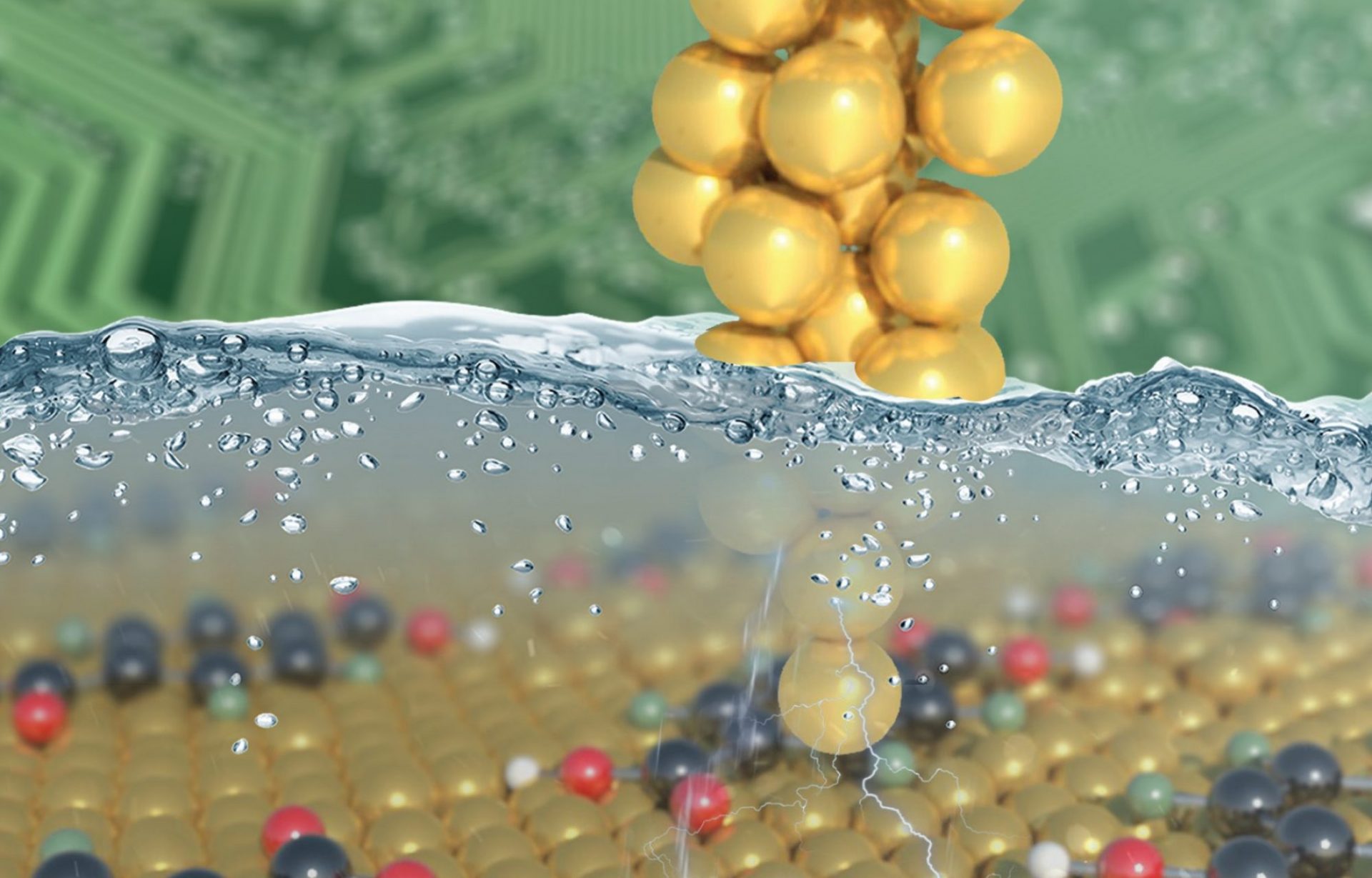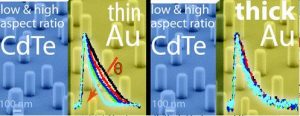 Research Overview
Research Overview
Noble metal nanostructures display localized surface plasmon resonances (LSPR) which are characterized by intense electromagnetic fields which extend well beyond their physical dimensions. When these resonantly excited nanostructures are placed in close contact with semiconductors, the fields enter the semi-conductor and alter both its radiative and non-radiative properties. Such phenomena can lead to enhanced solar cell performance or light emitting diodes (LED) with improved efficiencies.
Faculty Reseach
Neretina group has created CdTe-Au core-shell nanostructures whose non-radiative optical properties differ dramatically from those of the stand-alone CdTe nanowires through the placement of a thin nanoshell over the CdTe nanowires. Studies are in progress which will determine if such properties lead to enhanced solar cell performance. Work is also being conducted which explores new avenues for fabricating self-assembled gold and silver nanostructures which can act as efficient semiconductor enhancement agents.
Technical Capabilities
– Gatan Model 681 High Resolution Ion Beam Coater.
– Neocera Pioneer Pulsed Laser Deposition (PLD) system.
– Lindberg tube furnace with a controlled inert gas ambient.
– Veeco Multimode Atomic Force Microscope (AFM).
Recent Publications
- Plasmonic Enhancement of Nonradiative Charge Carrier Relaxation and Proposed Effects from Enhanced Radiative Electronic Processes in Semiconductor-Gold Core-Shell Nanorod Arrays
Erik C. Dreaden, Svetlana Neretina, Wei Qian, Mostafa A. El-Sayed, Robert A. Hughes, John S. Preston, and Peter Mascher.
J. Phys. Chem. C,. 115 (13), 5578-5583 (2011)

